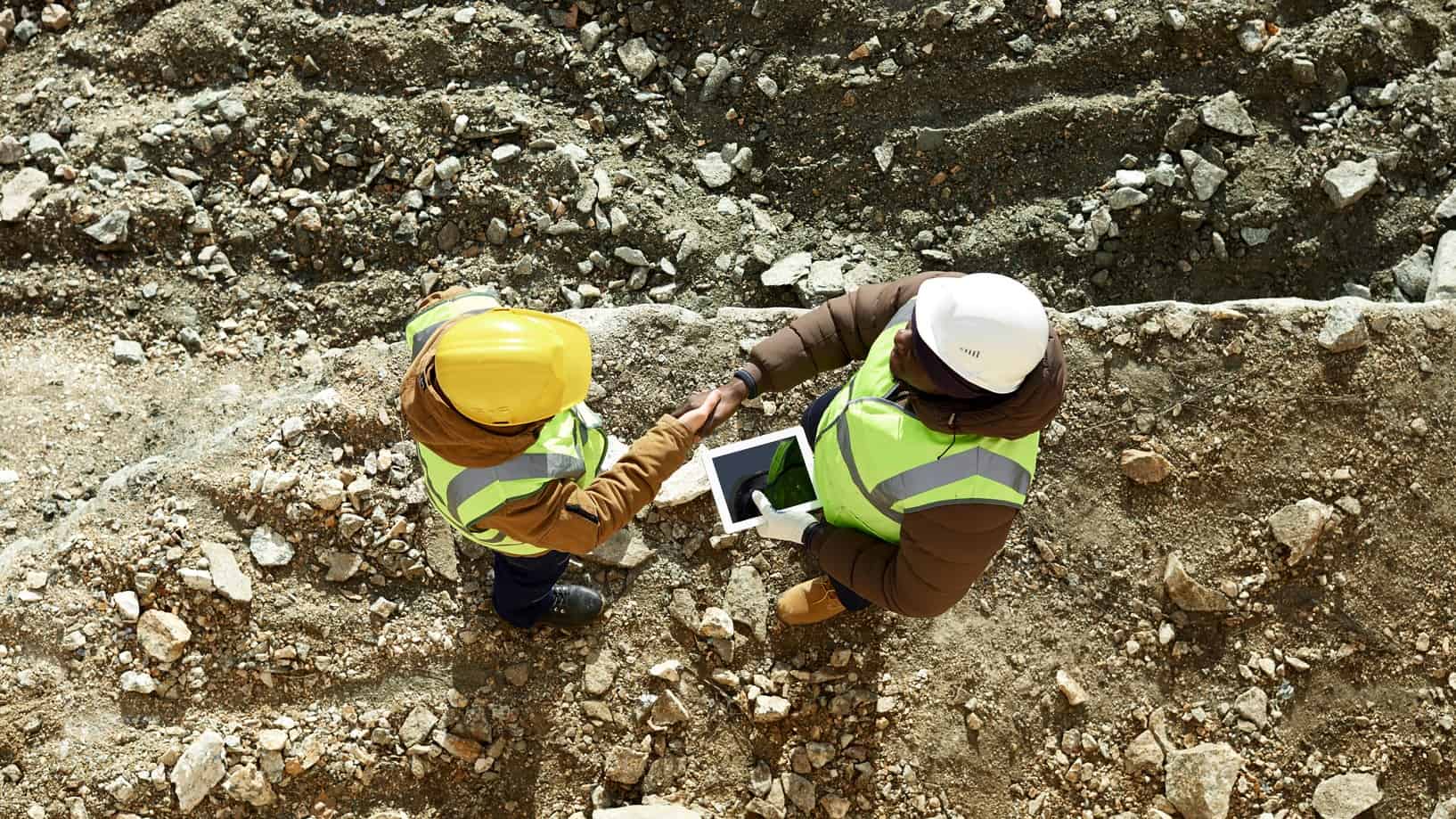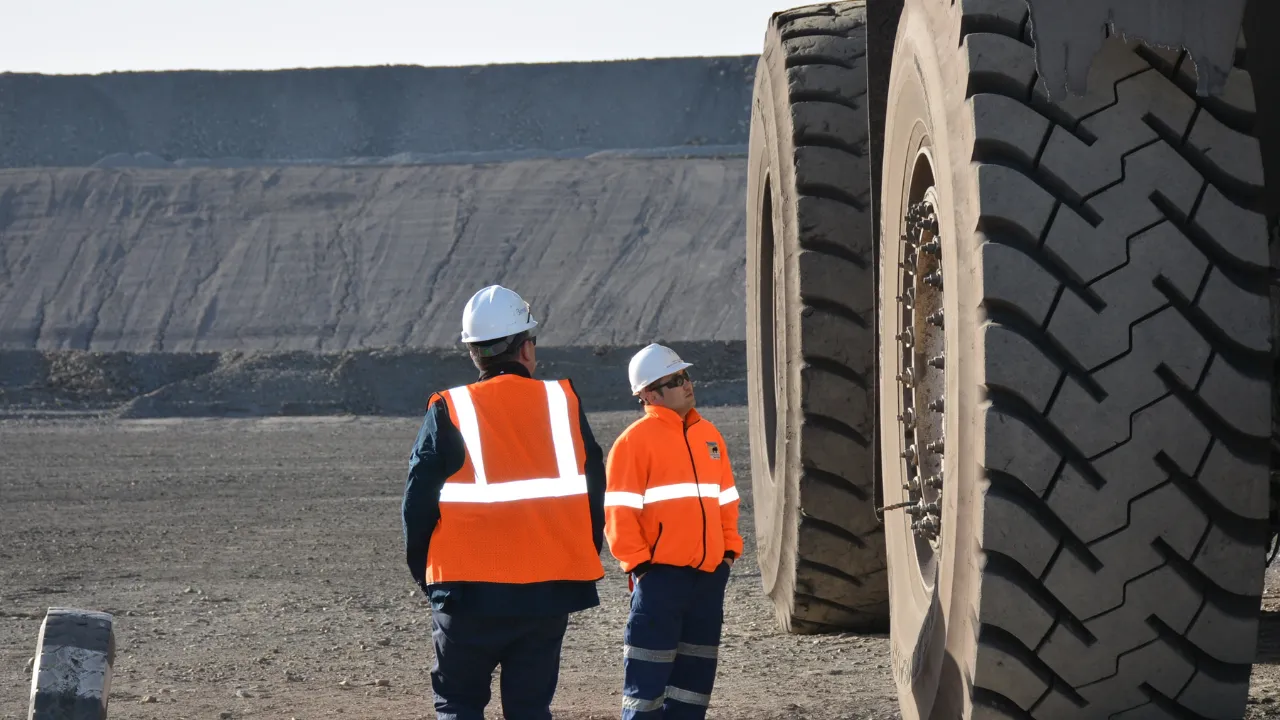What Are the Steps in the Critical Risk Management Process? – 2025 Guide for Mining and High-Risk Sites
.png)
TL;DR: Critical Risk Management Process Made Simple
• The critical risk management process in high-risk industries involves six key steps:
• Identify Critical Risks – Focus on risks that could cause fatal or life-altering harm.
• Determine Critical Controls – Define controls that prevent or mitigate these risks.
• Define Control Performance Standards – Set clear expectations, responsibilities, and evidence for each control.
• Implement Controls Operationally – Integrate controls into daily operations with training and accountability.
• Verify Control Effectiveness – Test whether controls work as intended using observations, checklists, and audits.
• Review and Improve – Continuously audit, investigate incidents, and refine controls and training.
Impress Solutions helps mining and high-risk operations apply these steps practically to reduce incidents and build workforce capability.
One of the most common questions we’re asked by site leaders is:
“What are the steps in the critical risk management process?”
In high-risk industries like mining, energy, and heavy industry, having a clear and practical critical risk management process is essential for preventing fatalities and serious injuries. In 2025, regulators and boards expect more than policy—they want to see control effectiveness in the field.
Here’s a breakdown of the core steps.
✅ Step 1: Identify Critical Risks
Start by identifying the risks that could cause fatal or life-altering harm. These are your critical risks—not every hazard, but the ones with the most serious consequences if controls fail.
Use incident history, bowtie analysis, field engagement, and risk assessments to determine where your highest exposures are.
✅ Step 2: Determine Critical Controls
Once critical risks are identified, map out the critical controls that either prevent the event or mitigate its impact.
Controls should be:
- Specific
- Clearly described
- Directly tied to risk scenarios
Avoid listing general actions like “follow procedures.” Focus on what actually prevents the event from occurring.
✅ Step 3: Define Control Performance Standards
Each control must have a performance standard—a clear description of:
- What makes the control effective
- Who is responsible for maintaining it
- How it should be verified
- What evidence proves it’s working
This step is the foundation for control verification and accountability.
✅ Step 4: Implement Controls Operationally
Embed each control into daily operations by:
- Training workers on what the control is and why it matters
- Assigning clear responsibilities to supervisors and crews
- Integrating controls into procedures, permits, and inspections
Operational implementation is where critical risk management becomes visible on site.
✅ Step 5: Verify Control Effectiveness
Verification goes beyond checking whether a control is present—it tests whether it’s functioning as intended.
Use:
- Field observations
- Checklists with evidence-based prompts
- Digital verification apps
- Supervisor-led conversations
- Control-specific audits
Regular verification builds confidence that the system works.
✅ Step 6: Review and Improve the System
Critical risk management is not “set and forget.” The final step is ongoing:
- Audit controls and verification routines
- Investigate incidents and near misses for control failures
- Use feedback from the field to adjust and improve
- Refresh training and responsibilities as your operations evolve
Why Mining Companies Choose Impress Solutions
At Impress Solutions, we guide mining and high-risk organisations across Australia through each step of the critical risk management process.
Our approach is:
- Structured but practical
- Grounded in operational experience
- Focused on implementation, not just documentation
- Designed to reduce serious incidents and build workforce capability
Whether you’re starting a new program or improving an existing one, we’ll help you embed each step in your daily operations.
Ready to Build a Stronger Critical Risk Management Process?
If you're wondering what the steps are in the critical risk management process and how to apply them on your site, contact Impress Solutions today. We’ll help you build a program that protects your people and delivers results that last.
More insights
Ready to Save Lives at Work?
With Impress Solutions, you’re not just getting a service, you’re securing peace of mind with a partner you can trust. Book a free consultation today, and let’s map out how we can help you save lives at work.





.png)
.png)
.png)
.png)
.png)
.png)
.png)

.png)
.png)
.png)
.png)
.png)
.png)
.png)
.png)
.png)
.png)
.png)
.png)
.png)
.png)
.png)
.png)
.png)
.png)
.png)
.png)
.png)
.png)
.png)
.png)
.png)
.png)
.png)



.png)






























.webp)
.webp)




.png)

